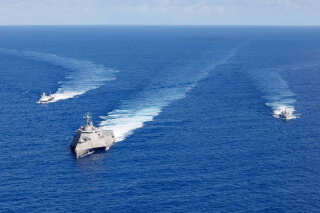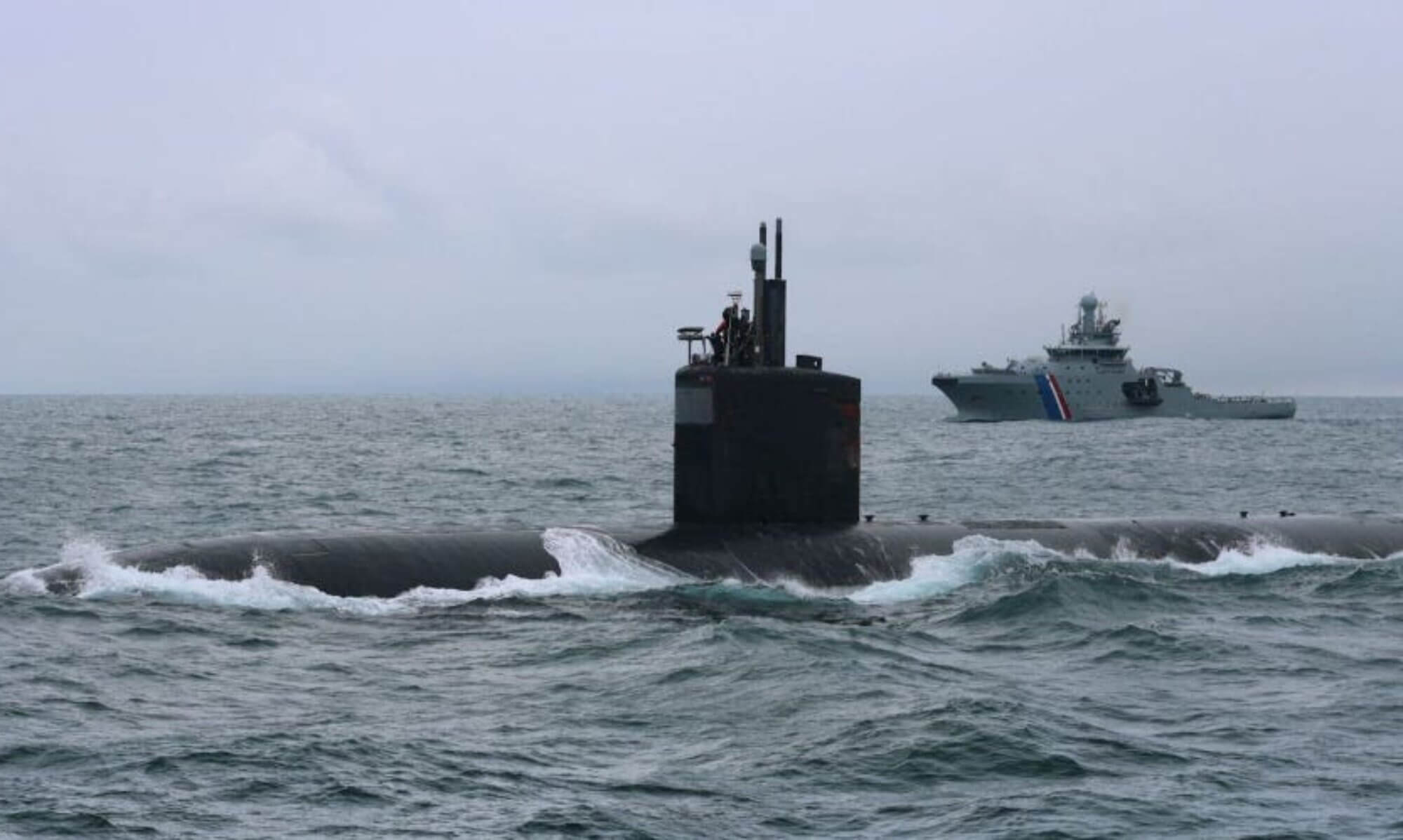
Dear Members and Friends,
As advocates for a robust and future-ready U.S. Navy, we constantly seek developments that shape our naval forces. Today, we bring to your attention a significant advancement in naval technology and strategy.
Unprecedented Deployment of Unmanned Ships
In a historic move, the U.S. Navy has completed its first deployment of four unmanned ships – Sea Hunter, Sea Hawk, Mariner, and Ranger. This deployment marks a pivotal moment in naval operations, integrating unmanned technology into the fleet.
The Pacific Voyage
The deployment spanned five months, with these prototypes sailing a combined 46,651 nautical miles and visiting ports in Japan and Australia. A noteworthy aspect was their autonomous mode operation, showcasing advanced technology and strategic capability.
Testing and Integration into Fleet Operations
Under the oversight of the U.S. Pacific Fleet, this deployment aimed to test the integration of unmanned ships with crewed fleet operations. The insights gained from this exercise are crucial in refining operations and sustainment concepts for future deployments.
Command and Control Successes
A significant achievement was the effective command and control of these vessels, operated remotely or autonomously. This aspect of the operation represents a major advancement in naval warfare technology and strategy.
Challenges and Future Developments
Despite successes, integration of the USV into the broader sensor and shooter network remains a challenge. The upcoming Integrated Combat System promises to enhance data sharing and operational efficiency across the fleet.
Featured Coverage and Insights
- Surface Navy Coverage and eBook Outlook 2024: This segment offers a glimpse into the future of naval operations and technology.
- Point of View: The New Era of Cloud-Enabled Missions: Insights into how cloud technology is revolutionizing naval missions.
- Defense News Reports: In-depth coverage by Megan Eckstein, naval warfare reporter at Defense News showcasing the nuances of these developments.
Conclusion
As we witness these remarkable advancements, it’s essential to remember the words of the great naval leader, Admiral Chester Nimitz: “A ship is more than a mere vessel; it embodies the will and intent of those who sail her.” These unmanned ships are not just technological marvels; they represent the innovative spirit and strategic foresight of the U.S. Navy.
We, at Americans for a Stronger Navy, are excited about these developments and remain committed to supporting a strong, technologically advanced, and strategically adept U.S. Navy.
Stay informed, stay engaged, and let’s sail forward to a stronger future!

